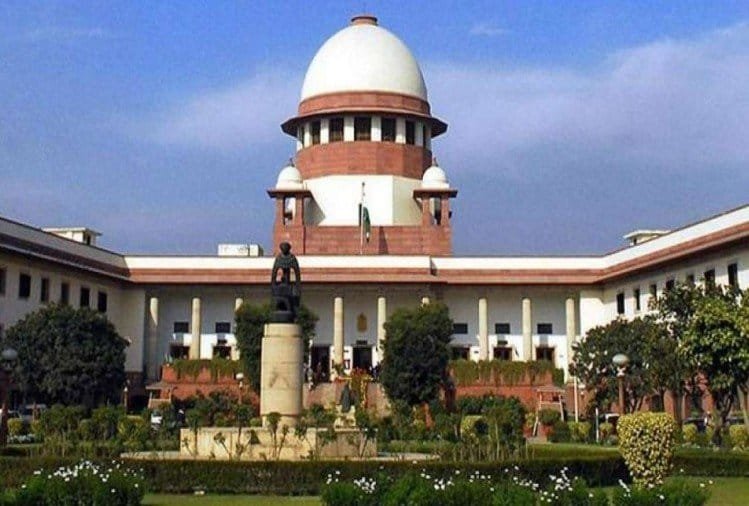INVC NEWS
New Delhi : The Central Government informed the Supreme Court that a national policy for the distribution of menstrual hygiene products to school-going adolescents is nearing completion. This policy aims to address menstrual hygiene management, which is a critical aspect of public health and education. The Court has granted the government two months to finalize this policy, highlighting the importance of menstrual hygiene as a public health priority.
National Policy on Menstrual Hygiene Products
The proposed national policy on menstrual hygiene products seeks to ensure that schoolgirls have access to essential sanitary products. This initiative is crucial for promoting menstrual hygiene management (MHM), reducing absenteeism, and improving educational outcomes for girls. By providing sanitary products, the policy aims to address one of the key barriers to girls’ education and empower them to attend school regularly.
Addressing Stigma and Education
In addition to providing sanitary products, the policy also aims to tackle the stigma associated with menstruation through education and awareness programs. These initiatives are designed to create a supportive environment where girls feel comfortable discussing menstrual health and seeking the necessary support.
Challenges and Considerations in Implementing Menstrual Leave Policy
Economic Impact on Employers
One of the primary challenges in implementing a menstrual leave policy is the potential economic impact on employers. Small and medium-sized enterprises (SMEs), in particular, may find it challenging to accommodate additional leave requirements without incurring significant costs. This issue necessitates a careful consideration of how to balance the needs of women employees with the economic realities faced by employers.
Policy Design and Flexibility
The design of the menstrual leave policy will be crucial in determining its success. Policymakers must consider factors such as the number of leave days, the flexibility of leave usage, and the process for requesting leave. A well-designed policy should provide adequate support for women while minimizing disruptions to the workplace.
International Perspectives on Menstrual Leave
Several countries have already implemented menstrual leave policies, providing valuable insights for India. For instance, Japan and South Korea offer menstrual leave to women employees, recognizing the importance of addressing menstrual health in the workplace. These international examples can serve as models for India as it develops its own policy.
The Path Forward: Collaborative Policy Development
The Supreme Court’s directive emphasizes the need for a collaborative approach to policy development. The involvement of various stakeholders, including government agencies, employers, employees, and health experts, will be essential in creating a comprehensive and effective menstrual leave policy.
Engaging Stakeholders
Engaging stakeholders in the policy development process is critical for ensuring that the policy is both practical and effective. Employers, in particular, must be involved in the discussions to understand their concerns and identify potential solutions that balance the needs of women employees with the operational requirements of businesses.
Health and Well-being Considerations
Any policy on menstrual leave must prioritize the health and well-being of women employees. Menstrual health is a critical aspect of overall health, and providing leave for women experiencing severe menstrual symptoms can significantly improve their quality of life and productivity.
Promoting Gender Equality
A well-implemented menstrual leave policy can contribute to promoting gender equality in the workplace. By recognizing and accommodating the unique health needs of women, such a policy can help create a more inclusive and supportive work environment.
The Supreme Court’s directive to the Central Government to develop a model policy for menstrual leave represents a significant step towards addressing the unique health needs of women in the workplace. By involving various stakeholders in the policy development process, the government can create a comprehensive and effective policy that supports women’s health and promotes gender equality. As India moves forward with this initiative, it can draw on international examples and best practices to ensure that the policy is both practical and impactful.
The forthcoming national policy on menstrual hygiene products for schoolgirls also highlights the government’s commitment to addressing menstrual health at a broader level. By providing sanitary products and promoting menstrual hygiene management, the policy aims to empower girls and improve educational outcomes.
Overall, the Supreme Court’s decision and the ongoing policy initiatives underscore the importance of addressing menstrual health through thoughtful and inclusive policy-making. These efforts have the potential to create a more supportive environment for women and girls, fostering greater participation and equality in both education and the workforce.
















